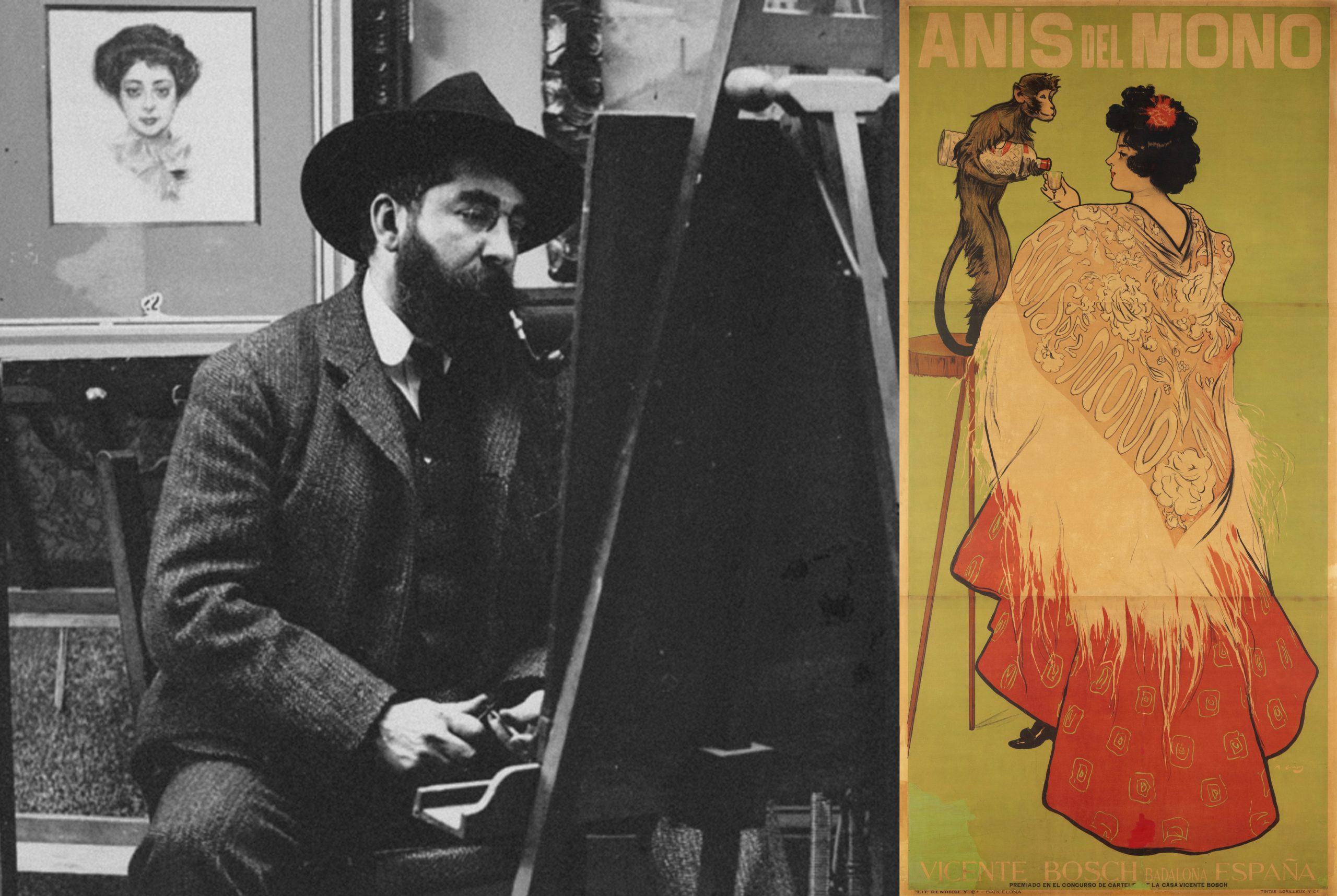At the end of the 19th century, Modernism burst forth with an intensity that transformed not only traditional artistic disciplines, but also explored new visual expressions. Although this movement was mainly associated with painting, architecture and literature, poster art emerged as one of the most emblematic manifestations of this period. Initially conceived as simple commercial tools, posters eventually became vehicles for a refined visual language that not only captured the public’s attention, but also prompted reflection on the role of beauty, industry and mass culture in a rapidly changing world.
With the triumph of Modernism, a new conception of art was also consolidated, in which beauty became a conscious act of aesthetic liberation and a constant search for originality. In this context, modernist posters not only played an advertising role, but also became complex visual works designed to interact with and challenge the viewer. Therefore, the artists who ventured into this medium understood that the poster should not be limited to being a simple advertisement, but should merge ornamentation, sensuality and graphic innovation, giving a new meaning to the everyday. In this way, poster design embraced an aesthetic that rejected academic styles and conventional forms. The compositions were characterized by sinuous lines, stylized figures and the use of vibrant colors that evoked nature.
The poster as a means of visual communication
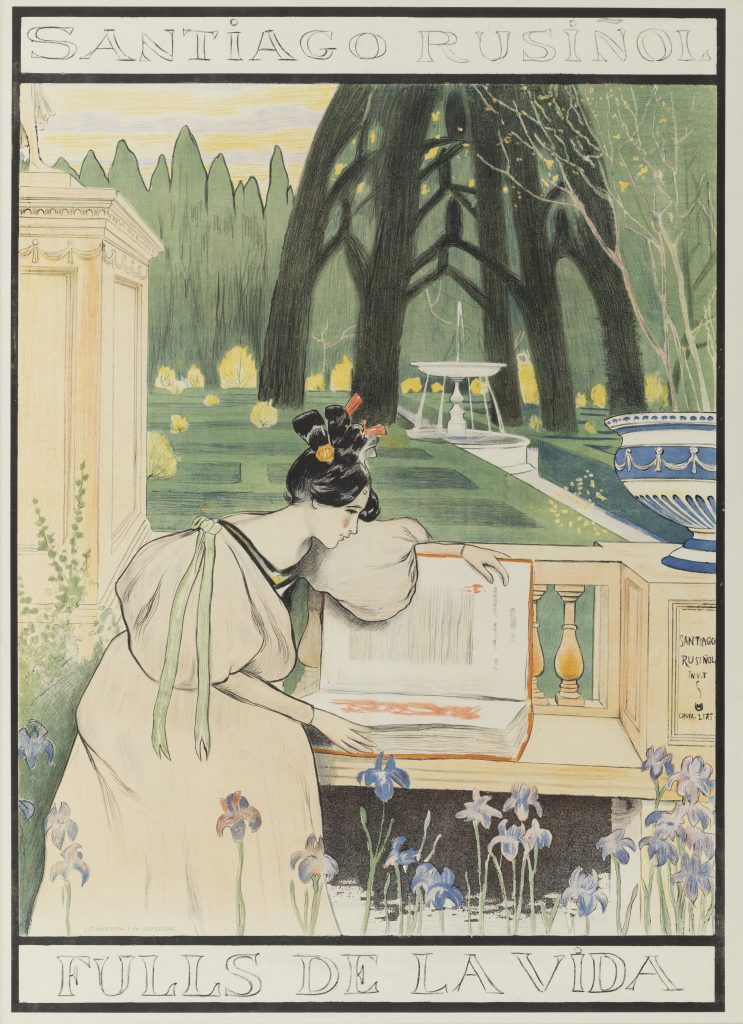
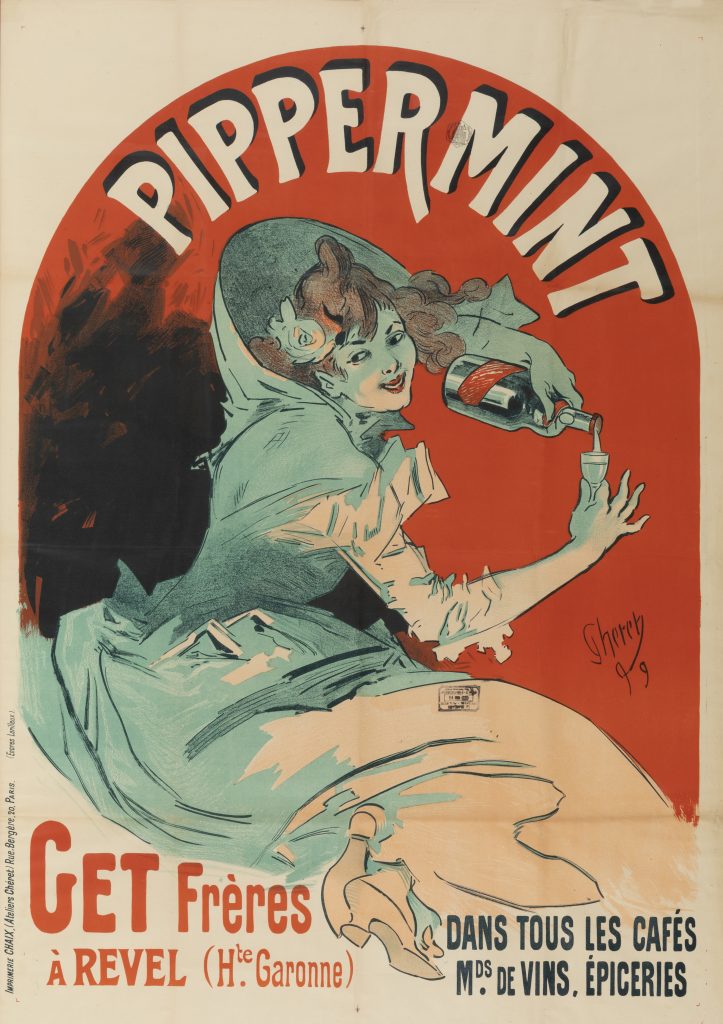
Beyond its aesthetic facet, modernist poster art embodies an evolution in the way art interacts with the spectator. While the poster had a clear commercial function-promoting products, events, companies or shows-its mode of visual transmission turned that utilitarian purpose into a field of graphic experimentation. Here, typography dissolved into fluid forms, as if the letter were an extension of the scenery, one more element of a composition that sought to provoke an immediate emotional response. The poster should not only attract the viewer’s gaze, but seduce and provoke him, inviting him to a visual interaction beyond the immediate. The artists understood that, in a society increasingly industrialized and saturated with images, visual communication should simplify the message, but, at the same time, deepen its meanings. In this sense, clarity in the representation of the image and dynamism in the visual composition were essential to ensure that the message reached a mass audience.
Poster art as a reflection of social transformation
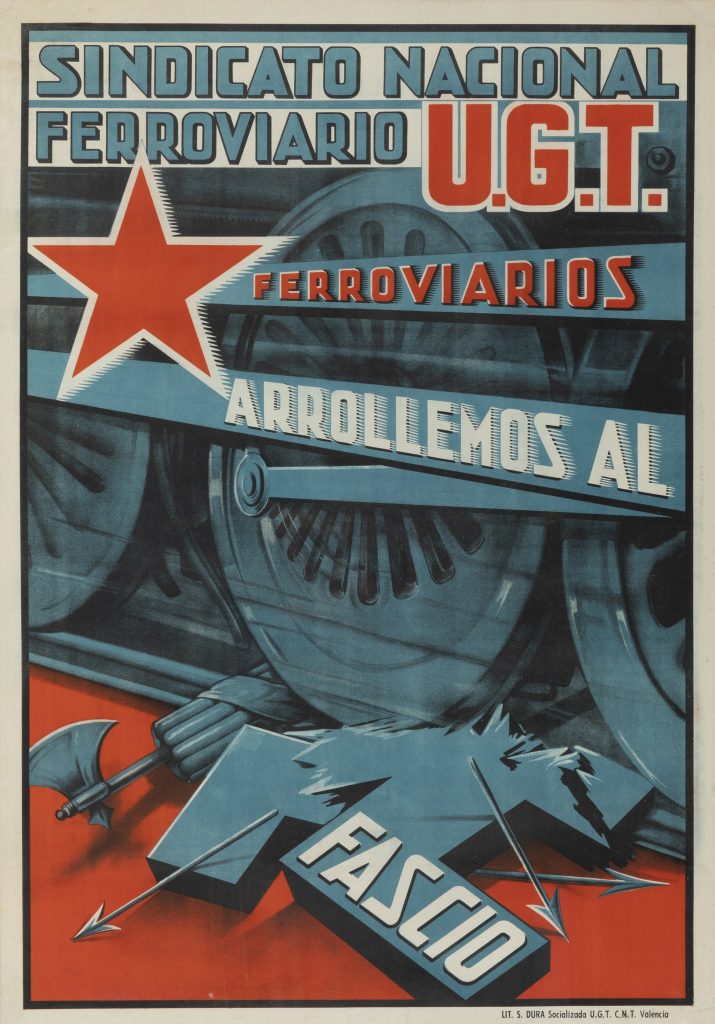
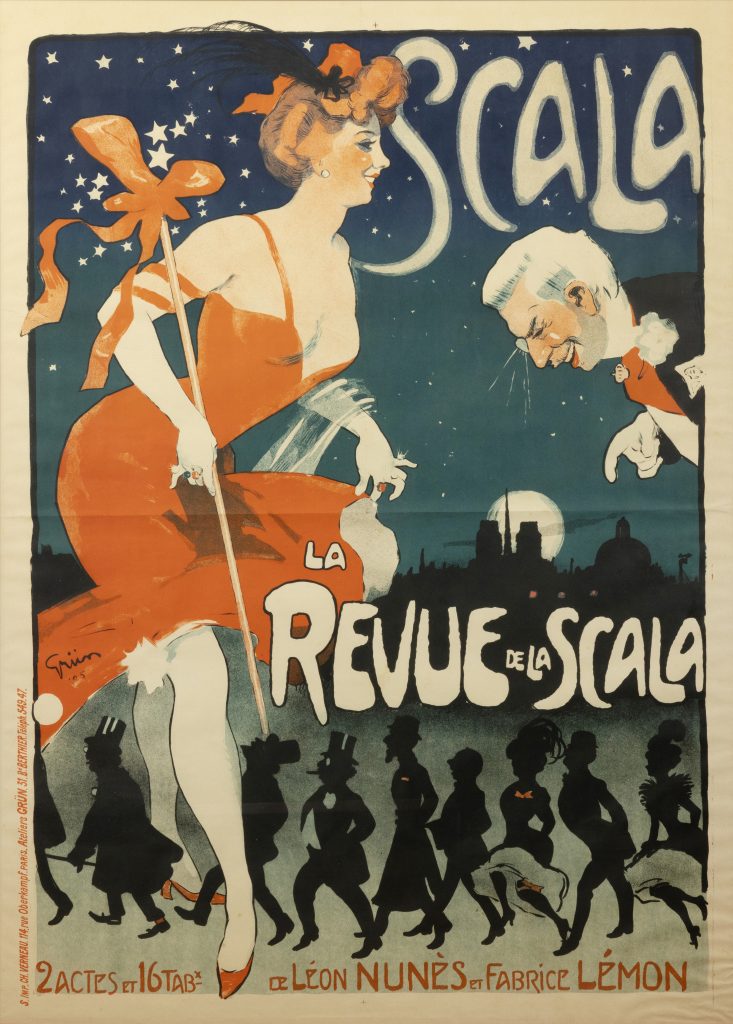
Jules-Alexandre Grün
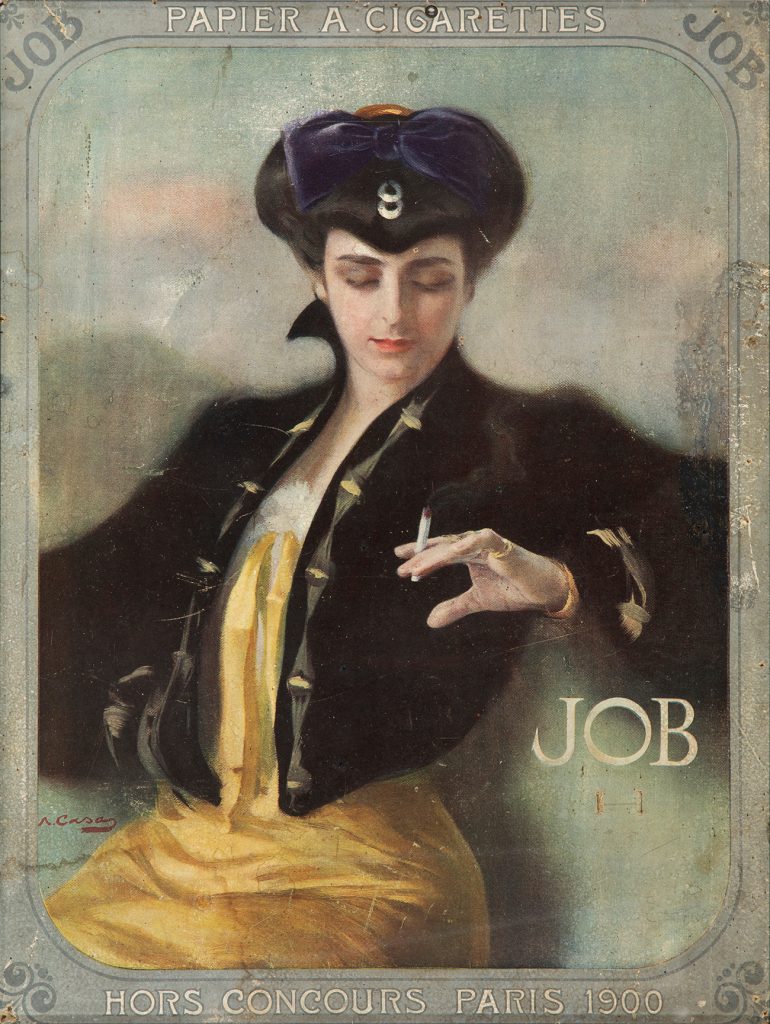
While many of the modernist posters were focused on the promotion of luxury products, such as champagne or perfume, others became vehicles for reflection on the profound social changes underway at the time. Accelerated urbanization, the expansion of capitalism and the fragmentation of everyday life influenced the way artists conveyed collective aspirations, tensions and emotions. Posters explored both the desires of the emerging class and the anxieties and dreams of a society that saw in modernity a promise of progress and, at the same time, a threat of alienation.Thus, poster art, through its interaction with consumers, became a mirror of an era in which the boundaries between art and everyday life were blurred. Political propaganda, the struggle for female autonomy and concerns about consumerism were reflected in the images produced, which often presented both a critique and a celebration of the new society. In this sense, the female figure as the visual center of many of these posters will be represented not only as an object of desire, but as a symbol of the new, free and seductive aesthetic.
Pioneering poster artists
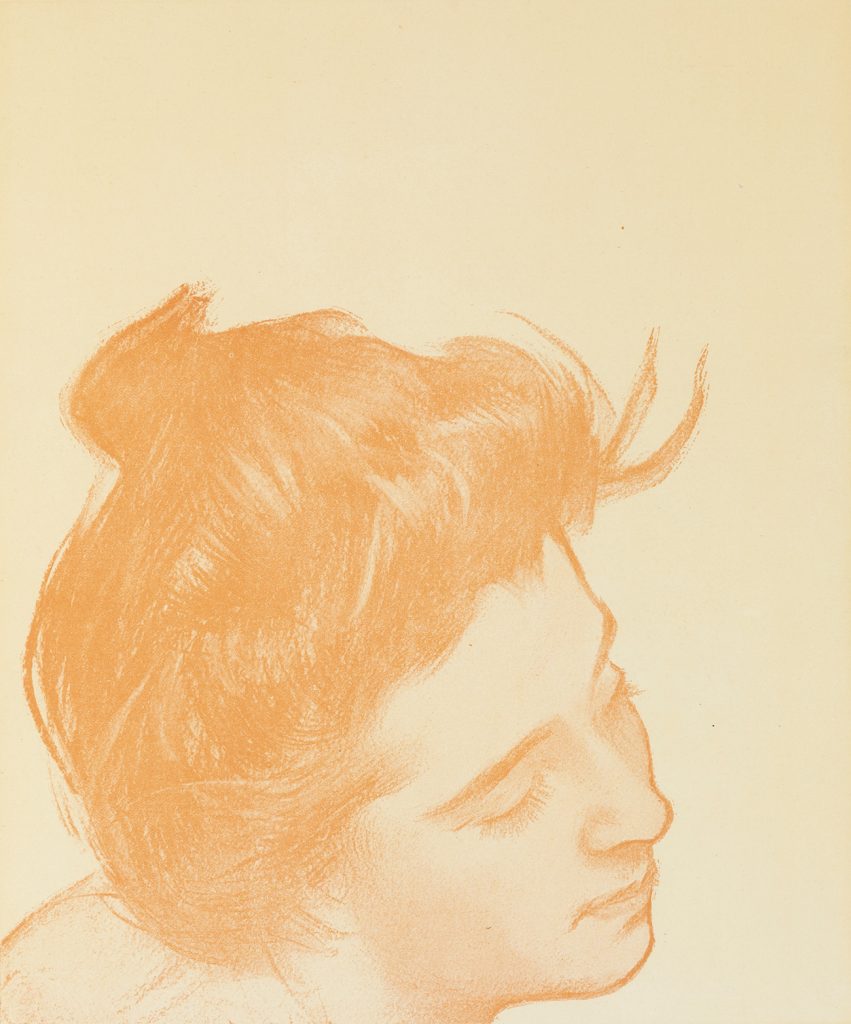
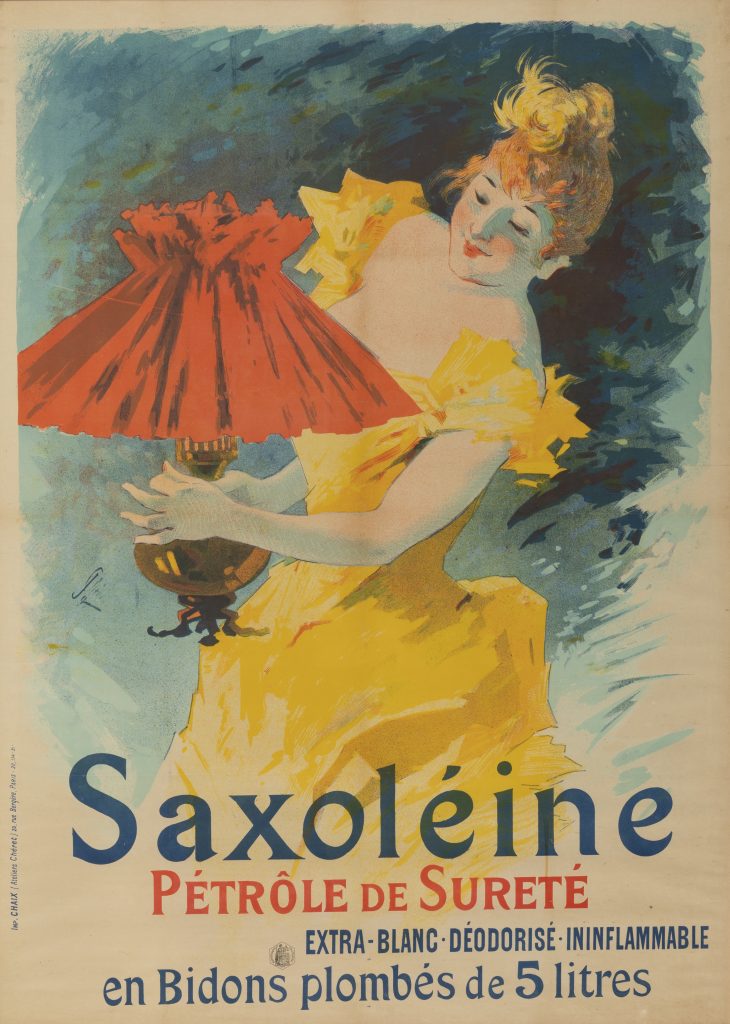
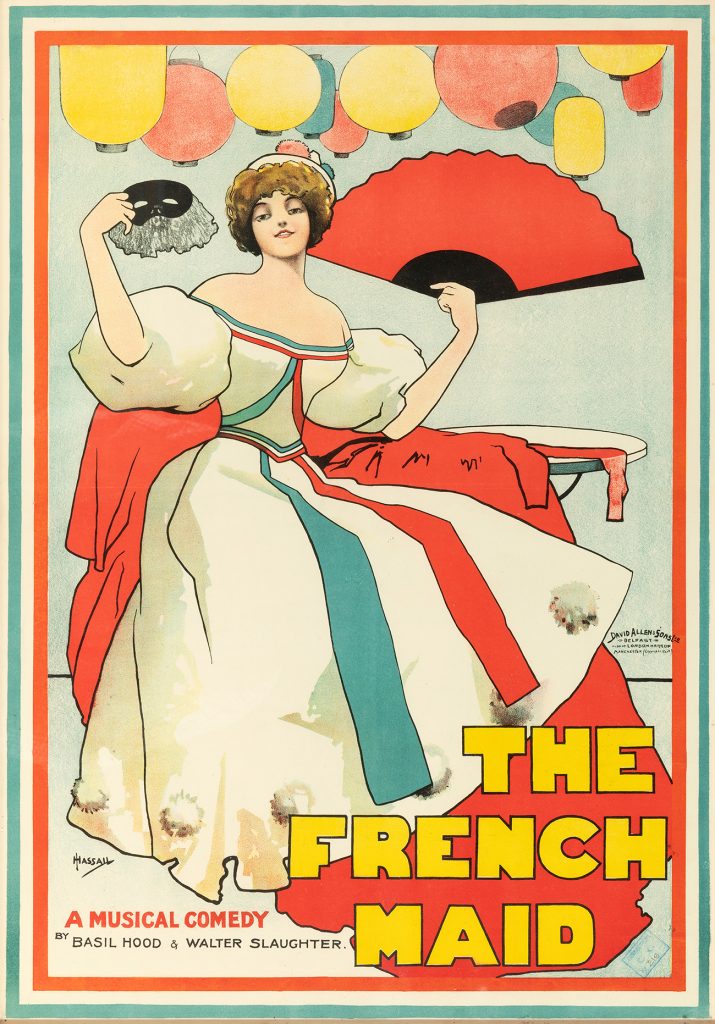
France and Catalonia were two fundamental epicenters in the rise of modernist poster art, where artists such as Toulouse-Lautrec, Jules Chéret, Ramón Casas and Santiago Rusiñol revolutionized its concept to transform it into a true work of art. In France, Lautrec and Chéret stood out for their vibrant and often bold style, capturing the essence of urban life and popular culture with a dynamic and provocative aesthetic. In Catalonia, the figure of Ramón Casas was essential, standing out for his elegance and sophistication as well as his ability to capture the spirit of the times. Alongside him, Santiago Rusiñol also left a deep mark, with posters that combined symbolic and landscape elements, providing a unique vision that fused the beauty of nature with the emotion of modernity. Both artists, like their French colleagues, elevated poster art to new heights, turning it into a powerful form of artistic expression.

